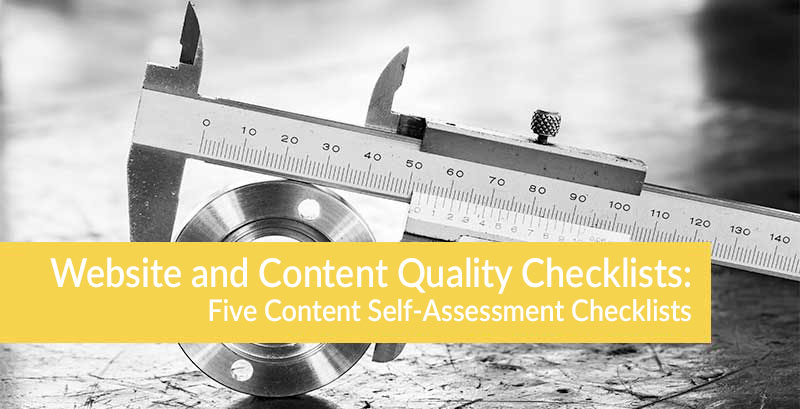We all have our favorites. The favorite restaurant or favorite shirt or favorite ice cream flavor or favorite web page. Yes, favorite web page. All too often when we’re working on a specific web page or blog post, this current page become our biggest focus. We pour all our energy into creating the best page we can. We create super useful backlinks, we’ve got the SEO perfect, the word length is exactly what we wanted and the image is super relevant and catchy. But what about the other pages on the website – those pages that were at one time, our favorites…. We can’t neglect these pages, and this is where internal linking comes in. Internal linking is how you can show these other pages some love and remind them that they are still your favorites.
Internal linking is a way to connect the pages that make up your website. This mean linking from a descriptive page to a product page or linking from a blog post to a service page. Think of internal links as a way for your readers to find their way around your website. These links take your readers on a tour of your website giving them relevant related information.
Now, we’re guessing that you might be asking yourself – but why? Why do I need internal links if I’ve already got backlinks, good SEO, a regularly updated blog, a search function, and all the other stuff you’ve told me to do? To be blunt, you need internal links to help your readers. But, as with all things Internet, there is of course more to the benefits of internal linking than this….
How and Why Internal Links Help and Make a Difference
Your readers need help, search engines need help, you need help – internal links can do all this and more.
- Give your readers what they want
Your readers are looking for information about widgets. They find your website and start reading an interesting blog post about widgets. Now they want to learn more about your widgets, but they don’t know where to start. This is where a few internal links from your widget blog post to your widget product and FAQ pages will help your readers. Internal linking allows you to give your readers the content they’re looking for with just a few simple clicks. Make sure when you create these internal links you’re using the right anchor text (yes, we can help you with this). - Make sure your entire website is getting noticed and read
We mentioned in the introduction how it’s very easy to start playing favorites on our websites and only focusing on the page we’re currently working on. With internal links, you give all the pages on your website equal weight. Internal links are also a great way for you to audit your site – do you have internal links to all pages on your site – are there some pages that it’s hard to find relevant internal links for or links that simply don’t make sense? It is smart website management to review your internal links and make sure they all do make sense and actually help your readers. - Keep your readers coming back for more
You know that quality content is what you want – this is what keeps readers reading, clicking and sharing. But you also need to give them a helping hand and make it easy for them to navigate your website. Gone are the days of site maps that were used to show readers how the website is built and designed. Now, with internal links you can give your readers an actual tour of your website. These informative links, keep your readers staying on your website longer and gives them confidence that your website has the information they’re looking for – positioning your site as a voice of authority. - Search engines want to see these internal links
Just as backlinks are super important to building and maintaining your search engine credibility, internal links are just as important. With well positioned and written internal links, you’re showing both the search engine and PageRank that you’ve got a site that holds value and credibility.
Help Yourself
Our goal with these blog posts is to give you the tools and knowledge you need to feel confident about your website and what you’re doing with it. Now, of course we understand that this is not simple stuff. And this is why we’re here for you.
We want you to help yourself by reading all of our blog posts, browsing our website and learning about what we do (and why) and using our free online SEO strategy tool to evaluate your own website.
If there is one ultimate lesson we want you to take away from everything we write about, it’s this: quality content is both king and queen. Without quality content, you won’t be able to build effective internal links, develop your SEO, create effective backlinks, or take advantage of the power of Google. Your readers (like you) are savvy, they can easily identify a poorly written or designed website – don’t forget the number one rule: quality content comes first.



